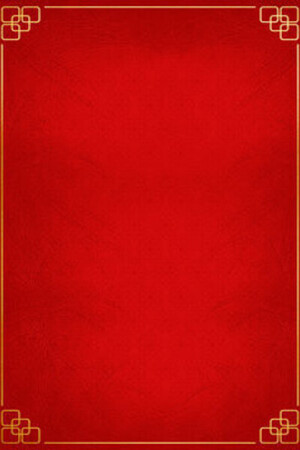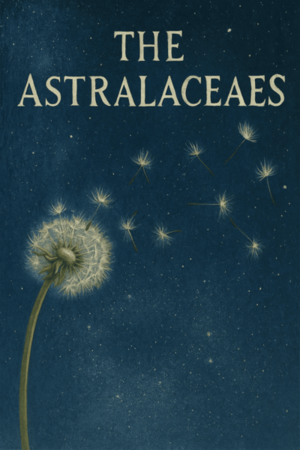Chapter 1:
Defying the swarm’s endless hunger,
White Smokers
"Son of mine, Gilgamesh reigns in Uruk, no one in the land has ever defeated him, no one surpasses him in power and strength, he has the vigor of a champion of the god Anu.
So, turn your face towards Uruk and speak to Gilgamesh of the strength of this man."
(The Epic of Gilgamesh, Tablet I, Column III)
The flames of hope were rekindled with the Yuzhno-Sakhalinsk Conference. For the first time in three years, humanity witnessed its collective wisdom culminate in the creation of the White Smokers. Their creators were the Indians. Its delegation presented a new infantry battalion. Equipped with carbon dioxide launchers, these corps functioned by optimizing the human lung. Soldiers would load carbon capsules, and recharge their tanks with atmospheric oxygen, fusing them to create the ultimate insecticide.
The delegation provided videos of them fighting in an urban environment. Their gear allowed them to withstand the extreme temperatures and oxygen displacement. It consisted of a gas mask, a respirator, and a launcher in each hand. They propelled themselves with their own ammunition, allowing them to surpass the speed of their enemies. They moved left to right, like flashes of white light spraying insecticide on every leg, wing, and mandible they could find. If cornered, each soldier had the option to release all their CO2, leaving behind an explosion of dry ice.
They showed the result after five arduous months. The delegation announced that their country managed to retake Darbhanga with the White Smokers. They played videos of the soldiers celebrating their victory, singing and dancing on top of humanity's enemies. When this was announced the other delegations cheered, analyzed, and imitated. Within a few months, most states had their own version of the White smokers, and remaining population centers began to focus on manufacturing these units.
In the autumn before the fourth winter, Moscow was liberated by twelve battalions of White Smokers. The doctrine of the post-Soviet state shifted to confuse the dozens of beehives infesting the capital, while keeping the nuclear terror buried, forever dormant. They attacked from the Urals, which had proven to be an effective barrier against the ants, mosquitoes, and flies that plagued the European peninsula. The region had a renaissance. Its cities flourished like black roses of concrete and metal, churning out the instruments that would eliminate the plagues from the fields of the Volga and the Caucasus.
Upon reaching the city, Russian artillery showered kilotons of dry ice across the city's streets, painting white orchids between the avenues of its capital. The Winter Palace saw an early snowfall, becoming a true frozen flake. White Smokers advanced, noticing that the bees wasted no part of its victims. They used the Red Square to store their iron honey, filling the ground with the hemoglobin of Muscovites. For their hives, they took over entire regions of Moscow, creating gigantic structures made from wax of flesh and fat. Truly majestic, as their domes expanded over 30 meters high, and taking up to two kilometers in length; labyrinthine interiors, with tunnels descending as far as 15 meters underground, protecting the queens who gave birth to the pariahs of the food chain.
In the command centers, the distinctive sound of CO2 discharges could be heard. A high-pressure hiss followed by the fumigator's exhalation. This indicated that the dry ice had been liberated. It normally lasted 30 seconds, after which, the respirator would inhale the surrounding oxygen, creating a sound that resembled human breath. Their speed and weapons reduced the imposing insects to mere beasts, barely able to react to them.
Some encounters were televised, but the movements of the White Smokers couldn’t really be enjoyed. An unbreathable cloud accompanied them into battle, moving like the pale horse through the lilies of the field. And even when the smoke dispersed, their precise and quick maneuvers made it so no watcher knew what was happening. They knew it was impressive, especially knowing that the soldiers had to calculate their trajectory to avoid crashing, but they couldn’t fathom the spectacle that they were gifted with.
The hives were a completely different experience. As some were relatively small and easy to destroy, while those spanning several blocks proved to be nightmare fuel. Even approaching was dangerous, as bees did not flee, fighting fiercely until their end. Once a considerable number were eliminated, the black and yellow predators retreated to the halls of their palace to protect their queen.
The assaults were brutal and demoralizing. Throughout the months of fighting, no soldier ever got used to the sickly-sweet stench of the wax. Light barely crossed the thresholds of the entrances, and their tunnels significantly reduced the mobility of the White Smokers. The tactics used on the surface were rendered useless in these passages, causing the Russians to lose three companies while attempting to invade these structures. When the fourth started to plan a revolt, their superiors concluded that it was easier to force the bees to decide between leaving their homes, or dying suffocated. Thus, the engineering teams sealed most of the entrances and began pouring cubic meters upon cubic meters of an old enemy, Zyklon B.
The victory in Moscow was followed by an American success in the Washington coast. The trees of the Evergreen State proved to be the salvation of several White Smokers, allowing them to maneuver without being at the mercy of concrete and steel forests. Unlike the Russians, the Yankees had aerial support from thousands of metal wasps, striking down any insects that dared enter the combat zones.
When an area was reclaimed, most people returned to the cities; however, some refused entirely, having grown accustomed to their new reality. Agriculture was no longer a viable option. Staying in one place to tend to crops was akin to being a pig in the middle of a slaughterhouse; the only difference is that the humans knew that the insects would someday come for them.
These groups preferred to play cat and mouse, constantly fleeing the swarms, or sneaking through the territories of colonies and hives. They spent most of their time hunting and gathering select animals and plants, scouting the terrain, or crafting rudimentary tools with the remains of civilization. These individuals returned to a tribal government, limiting them to roughly one hundred members, either consciously or naturally. The individual, attuned to the anxieties of modern society, adopted the actions under which their ancestors had once lived.
But it was not all roses. Most of the early survivors fell victim to the misconceptions of survival that plagued pre-sapientivore society; a parasite of misinformation ravaged many regions. It was only natural that many could not live in such a manner, falling to the hives' claws or to some lone insect. The survivors of this group did not hesitate to return under the protection of the state, or any entity that claimed to guarantee their safety.
The skills that humanity developed and mastered over the last three hundred years proved useless in the face of necessity; they were only useful to the states capable of employing their wisdom. With most of the Earth's surface under insect control, there was no demand for this knowledge. The services that had supported the weight of human luxury collapsed under their own weight; their pillars, the people, vanished between the jaws of insects.
A side effect of the implementation of the White Smokers is that they were able to crush the tribes with an effectiveness only seen by European pathogens in the Americas. They decimated groups, forcing them to return to the civilization of wheat, corn, and rice. Like Homo sapiens to Homo neanderthalensis, their ability to work in larger groups allowed them to subjugate with unprecedented efficiency. The reconquest needed to be fed with human capital, and no state was to waste any.



Please sign in to leave a comment.